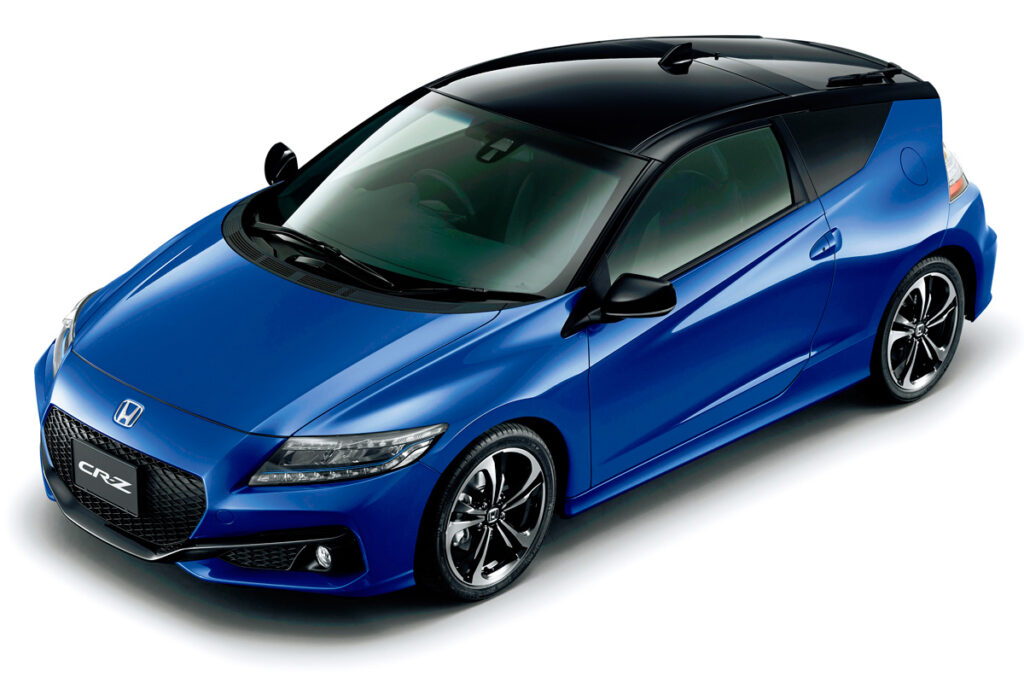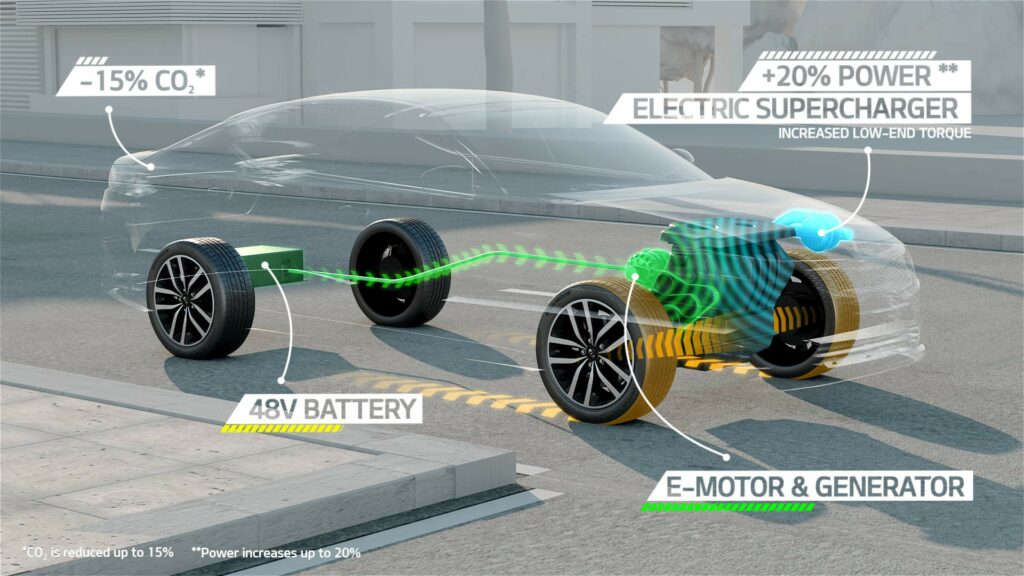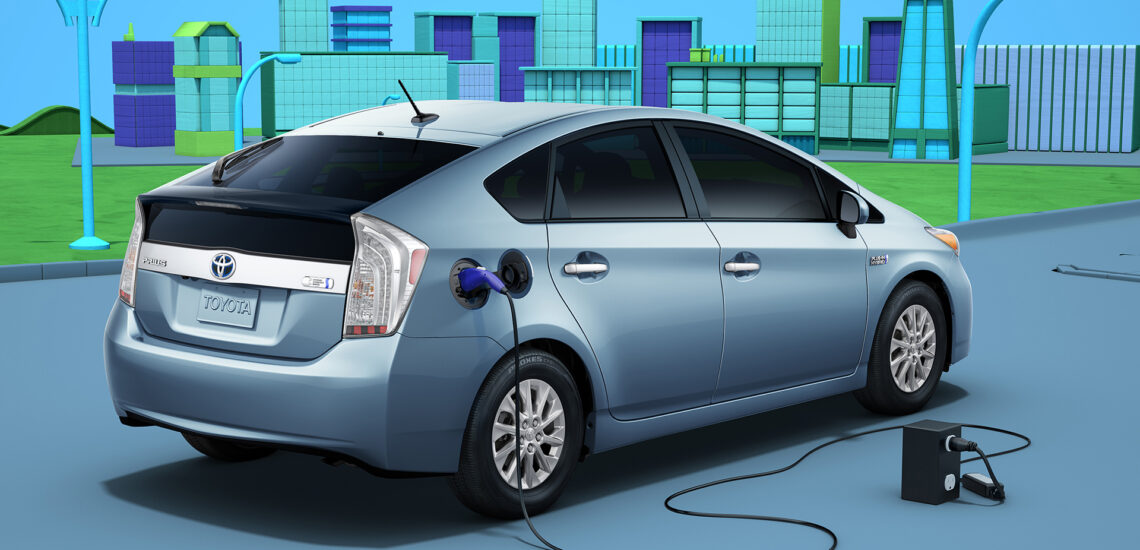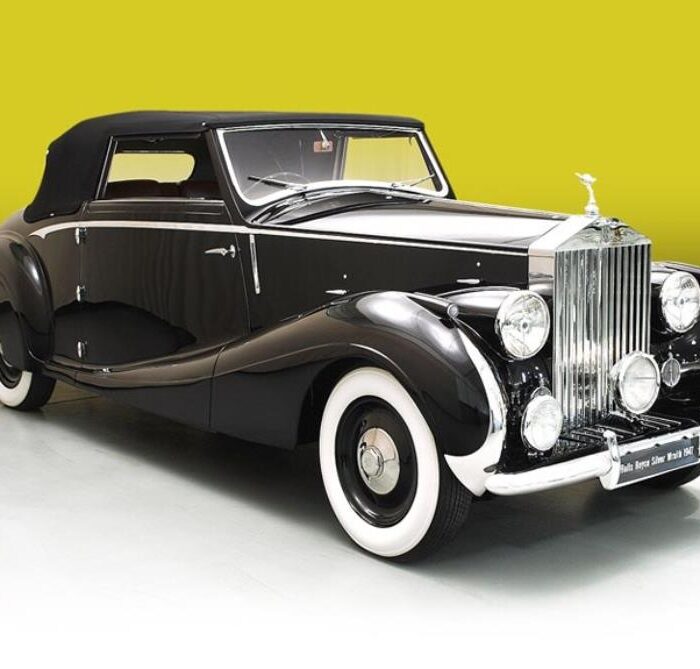混合动力装置结合了内燃机和电动机,可降低油耗并降低废气的毒性。但是,混合动力汽车的效率越高,所需的电池功率就越大,因此价格也越高。
根据电动机在动力装置中的作用,混合动力汽车分为轻度混合动力汽车和全混合动力汽车。在前者中,电动机充当内燃机的辅助装置,例如本田 Insight 掀背车。第二种混合动力汽车仅靠电力牵引就能行驶一段距离,例如雷克萨斯 RX 400h。据称还有微混合动力汽车 – 这是营销人员为宣传启停系统而创造的一个术语。但后者本质上是具有高级功能的发电机。我们谈论的是电动机将扭矩传输到车轮的方案。

混合动力装置也有三种主要方案类型:串联、并联和串并联。串联混合动力方案最早出现(由费迪南德·保时捷于 1899 年发明),但在乘用车中不太常见。例如,采石场自卸卡车、一些公共汽车和机车的动力装置就是按照它制造的。在串联方案中,车轮由电动机驱动,小排量内燃机旋转发电机产生电能。不需要变速箱和强大的内燃机。但通常需要大容量的镍氢电池。
现在最常见的方案是并联方案。它早在 1905 年就由德国人亨利·皮珀获得专利。几乎所有轻度混合动力车都符合这一要求。它们配备了强大的电动机(10-15 kW),可在加速时帮助内燃机,并在制动时储存再生能量。通常,变速器或行星齿轮用作变速器。
但本田找到了一个机会,为其 CR-Z 油电双门轿跑车配备六速机械变速箱。锂离子或锂聚合物电池用作电源。轻度混合动力车不需要大容量电池,因此价格实惠。然而,一些汽车制造商正在考虑昂贵的超级电容器,这种电容器能够在短时间内提供非常高的电流。

串并联混合动力车也很常见。丰田普锐斯掀背车和配备专有 HSD(混合动力协同驱动)的 h 指数雷克萨斯是该系列的经典代表。现在我们将解释其运行原理。由于行星传动,出现了协同作用,即内燃机和电动机的相互作用。在这里,内燃机与电动机一起旋转车轮,同时旋转发电机。不需要传统的变速箱:电子设备调节电动机和发电机的速度,将这样的系统变成 ECVT(电动无级变速器)。
混合动力车上安装的大多数发动机都是汽油发动机。许多发动机按照阿特金森循环运行,压缩冲程更短,运行过程更高效。这确保了最佳的环境和效率性能。看似更高效的柴油发电厂的普及主要受到这样一个事实的阻碍:大多数混合动力车都是在不熟悉柴油的美国销售的。此外,柴油发动机比汽油发动机更贵,这只会增加混合动力车的相当价格。

這是翻譯。您可以在這裡閱讀原文: https://www.drive.ru/technic/4efb336400f11713001e4df5.html

出版 十一月 11, 2021 • 1m






